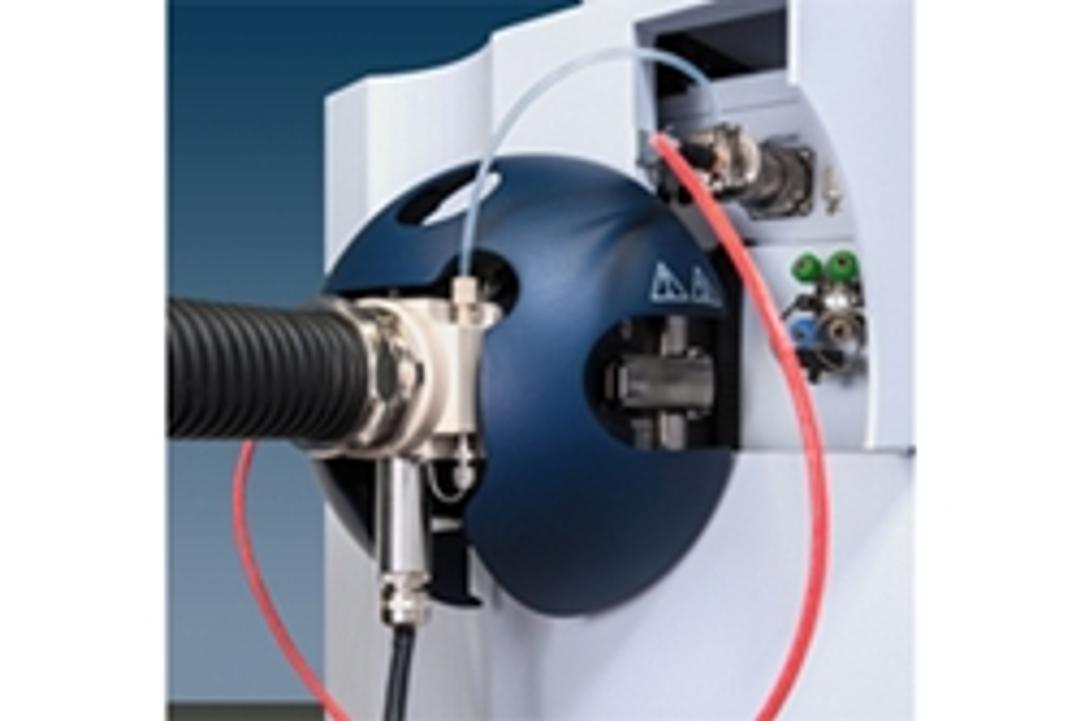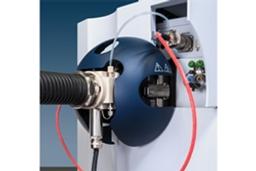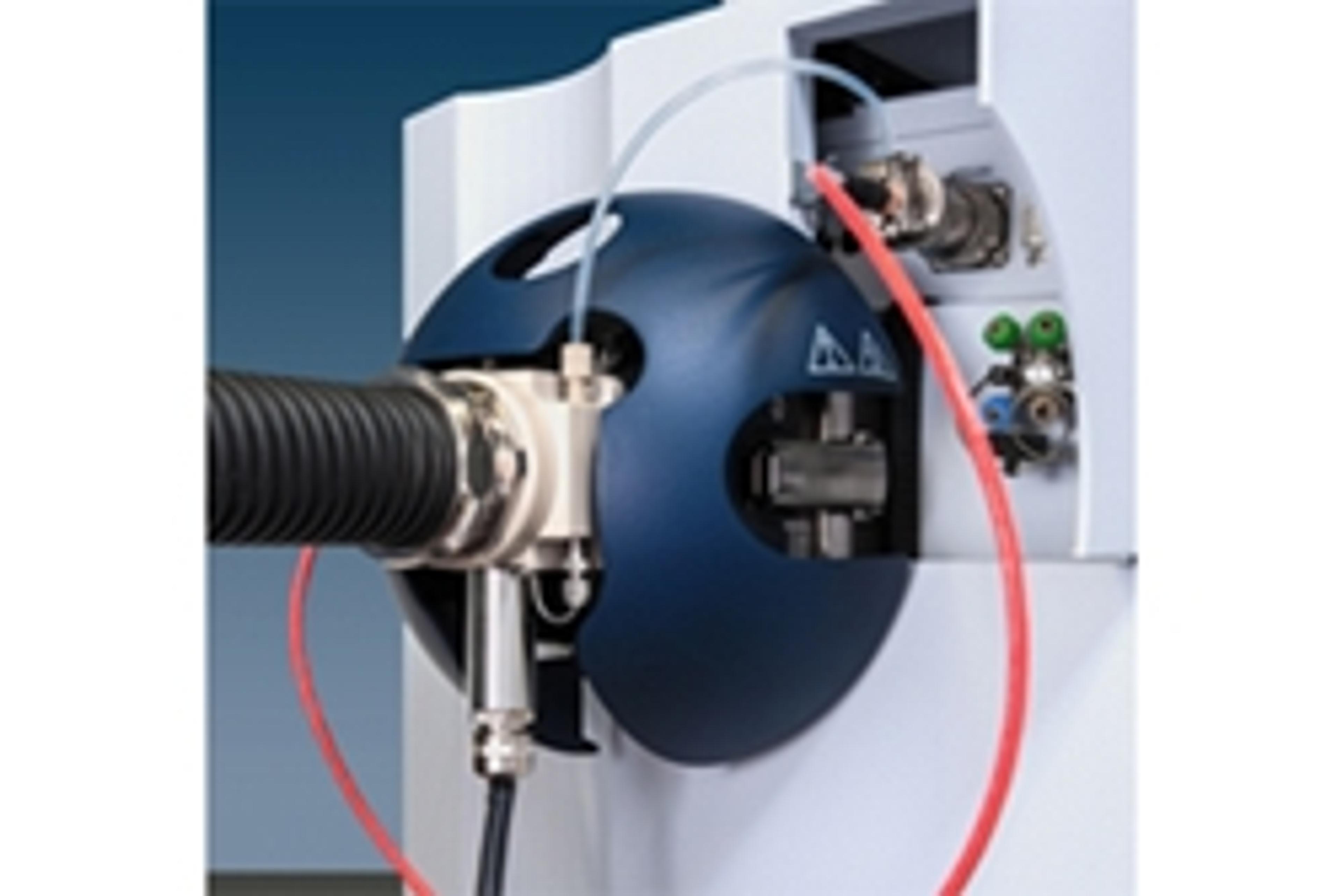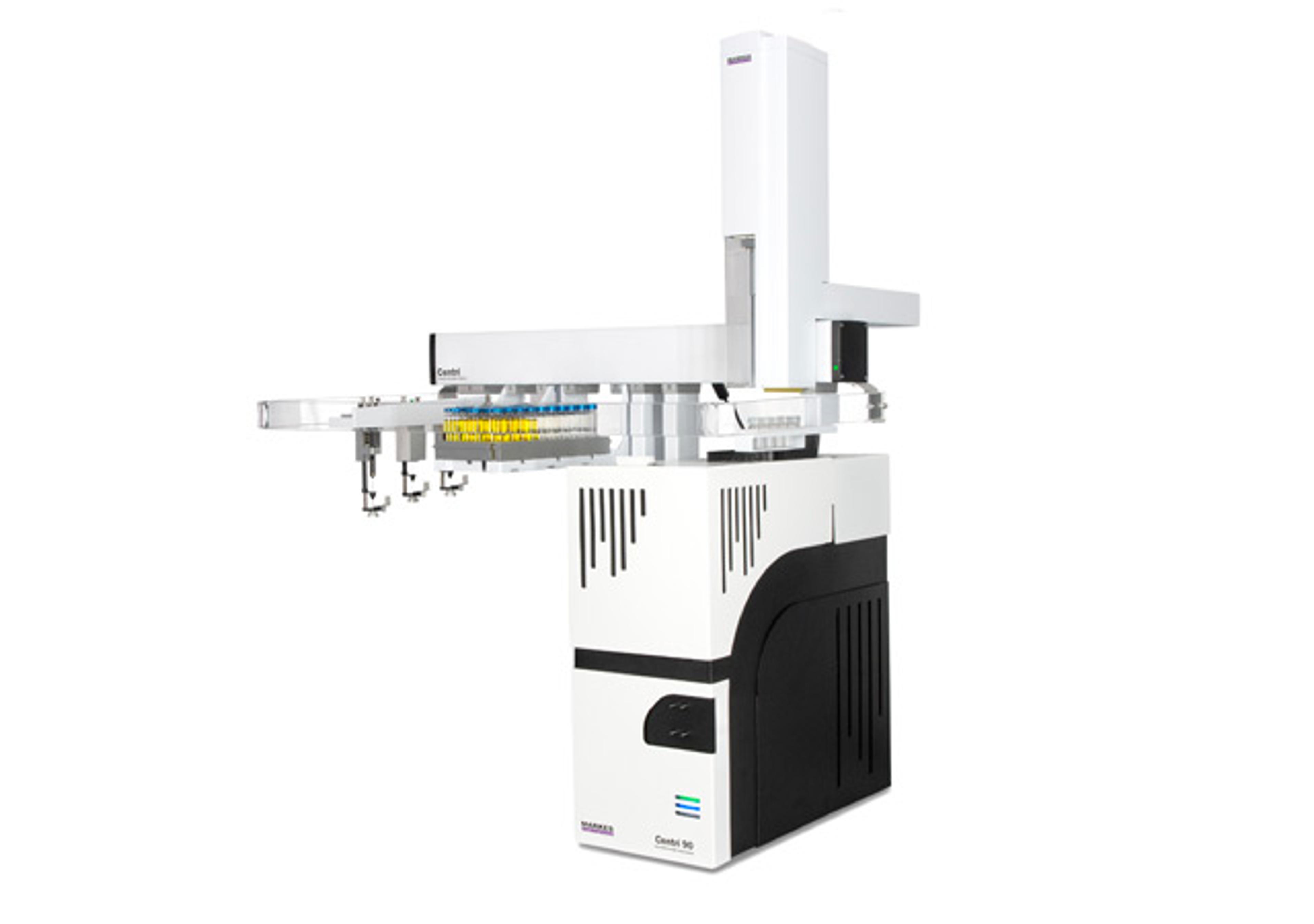GC-APCI II Ion Source
Making a dedicated and expensive GC-TOF-MS used infrequently for just a few samples a thing of the past. The GC-APCI II source enables GC coupling to any Bruker TOF or QTOF, trap or FTMS system originally designed for LC coupling.With its second generation GC-APCI source, Bruker offers the greatest flexibility and highest performance with a combined GC frontend and high-resolution MS system for confident ID of unknown compoun…

The supplier does not provide quotations for this product through SelectScience. You can search for similar products in our Product Directory.
Making a dedicated and expensive GC-TOF-MS used infrequently for just a few samples a thing of the past.
The GC-APCI II source enables GC coupling to any Bruker TOF or QTOF, trap or FTMS system originally designed for LC coupling.
With its second generation GC-APCI source, Bruker offers the greatest flexibility and highest performance with a combined GC frontend and high-resolution MS system for confident ID of unknown compounds using complementary MS technology. The GC-APCI II interface can be coupled to any Bruker MS system with the common Apollo II source design.
GC-APCI II is designed to connect to state-of-the-art GC systems including Bruker's 436-GC and 456-GC but can also be used with third party GC systems. The flexible, heated transfer line, automatic MS calibration and outstanding sensitivity make GC-APCI II the best solution for unknown ID in metabolomics and small molecule research.
GC-APCI II Ion Source Features:
- Switching of the sources without venting the vacuum - The system has the capability to be easily switched from GC to LC and vice versa without tools and within minutes. There is no need to vent the MS vacuum.
- Greater Flexibility - The design of the flexible heated transfer line means that the GC and MS must no longer be precisely aligned. Interfacing the GC and MS is simpler, giving more options in positioning the MS and GC while preserving the obtained GC separation.
- Automatic MS Calibration - The unique calibrant reservoir of the GC-APCI II interface enables software-controlled calibrant delivery.
- Improved LLOQ - The optimized ionization chamber provides improved GC-MS performance including lower background and higher sensitivity.
Applications:
- Unknown ID in Metabolomics
- Polycyclic Aromatic Hydrocarbons (PAH)
- Forensic Analysis
- Pesticide Analysis
















